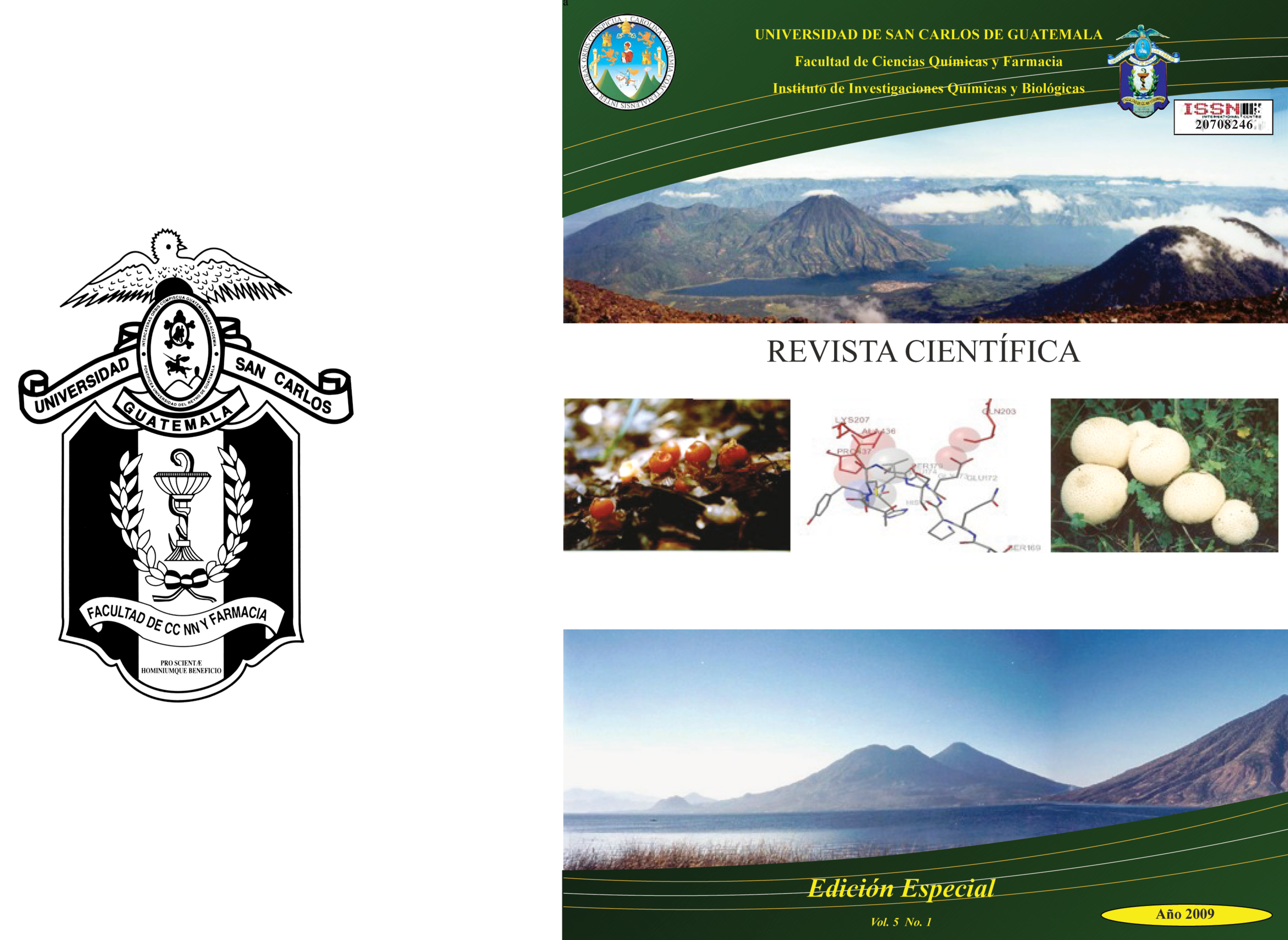Determination of the immunomodulatory activity of two extracts of the fungus Grifola Frondosa (Dicks.:Fr.) S.F. Gray, Through In Vitro Assays
DOI:
https://doi.org/10.54495/Rev.Cientifica.EdicionEspecial2009.175%20Keywords:
Immunomodulatory activity, Grifola Frondosa, Extracts, In vitroAbstract
The activity of two extracts of the edible fungus Grifola frondosa (Dicks.:Fr.) S.F. Gray, commonly known as maitake on the human immune system. The immunomodulatory activity of the aqueous and ethanolic extracts obtained from the fruiting body of the fungus on lymphocytes was studied by means of a lymphoproliferative assay and in vitro hemolytic assays were performed to test their influence on the classical and alternate pathways of the complement system. The lymphoproliferation assay was performed by placing purified lymphocytes exposed to the extracts and cultured for final colorimetric evaluation with XTT, a tetrazolium salt that is reduced to a soluble, colored compound by mitochondrial enzyme activity present in living cells. For the evaluation of the extracts on the complement system, hemolytic assays based on the rupture of erythrocytes by the membrane attack complex (MAC) generated after the activation of the complement system were used. The absorbance of the hemoglobin released by the erythrocytes was the parameter for measuring the activity of the complement system. Both G. frondosa extracts showed lymphoproliferation-stimulating activity, with greater activity being observed in the ethanolic extract. The bioassays on the complement system demonstrated an inhibitory action in both extracts and on the two complement pathways, classical and alternate.
Downloads
References
Hobbs C. Medicinal Mushrooms an Exploration of Tradition, Healing, and Culture. 2 ed. Londres: Botanica Press, 1995. 208p.
Zhunag C, Solomon PW. Medicinal Value of Culinary – Medicinal Maitake Mushroom Grifola frondosa (Dicks.:Fr.) S.F. Gray (Aphyllophoromycetideae). Review. Int J Med Mushr 2004; 6:287 – 313, https://doi.org/10.1615/IntJMedMushr.v6.i4.10
Hishida I., Nanba H., Kuroda H. Antitumor activity exhibited by orally administered extract from fruit body of Grifola frondosa (Maitake). Chem Pharm Bull 1988; 36: 1819 – 1827, https://doi.org/10.1248/cpb.36.1819
Yamada Y., Nanba H., Kuroda H. Antitumor effects of orally administered extracts from fruit body of Grifola frondosa. Chemoterapy 1990; 38:790 – 796.
Adachi K., Nanba H., Korouda H. Potentiation of host-mediated antitumor activity in mice by Beta – glucan obtained from Grifola frondosa (Maitake). Chem Pharm Bull 1987; 35: 262 – 270, https://doi.org/10.1248/cpb.35.262
Stamets P. Growing Gourmet and Medicinal Mushrooms. 3 ed. Canada: Ten Speed Press, 2000. 555p
Shidima T., Shnidman E., Shirota M. Usefulness of anti – cancer complementary immune therapy with DVM fraction. J Amer Holstic Vet Med Assoc 2004; 23:17 – 20.
Namba H., Kodama N., Schar D., Turner D. Effects of Maitake (Grifola frondosa) glucan in HIV – infected patients. Mycoscience 2000; 41: 293 – 295, https://doi.org/10.1007/BF02463941
Berrón P, et al. El Sistema del Complemento, Vías clásica y de la Lectina que se une a la Manosa. Alergia e Inmunología Pediátrica 2003; 12:46
Downloads
Published
How to Cite
Issue
Section
License
Copyright (c) 2009 R. Lorenzana, A. Mazariegos, M. Paz, F. Sommerkamp

This work is licensed under a Creative Commons Attribution 4.0 International License.
Authors who publish with this journal agree to the following terms:
- Authors retain copyright and grant the journal right of first publication with the work simultaneously licensed under a Creative Commons Attribution License 4.0 that allows others to share the work with an acknowledgement of the work's authorship and initial publication in this journal.
- Authors are able to enter into separate, additional contractual arrangements for the non-exclusive distribution of the journal's published version of the work (e.g., post it to an institutional repository or publish it in a book), with an acknowledgement of its initial publication in this journal.
- Authors are permitted and encouraged to post their work online (e.g., in institutional repositories or on their website) prior to and during the submission process, as it can lead to productive exchanges, as well as earlier and greater citation of published work.









